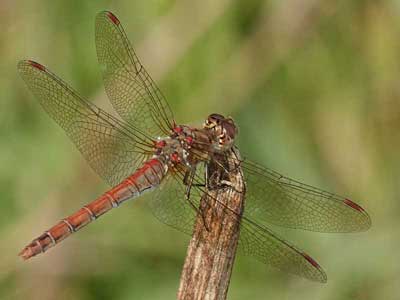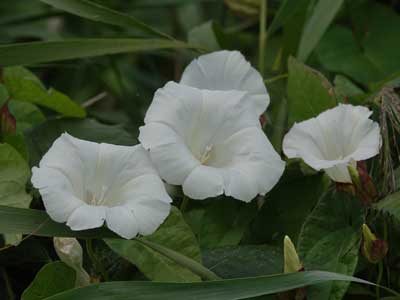Nature's Calendar

June

Of the butterflies, all the Skippers appear in June, along with the Ringlet and Meadow Brown. The three skipper species we see are all common in the Park and all hold their upper wings away from their lower wings when at rest, unlike any other butterfly group. The Small Skipper and the Essex Skipper are very similar and both look brighter as they have less extensive black markings on their wings. June is one of the best months to look for butterfly caterpillars.

Common Darters, the Black-tailed Skimmer and the Emperor Dragonfly should be seen in June. The Common Darter is probably the most commonly seen dragonfly in the Park, only confused with the Ruddy Darter that will appear in July. The Black-tailed Skimmer can often be found apparently sunning itself along the footpaths, unlike the Emperor, which is the first Hawker to appear each year and seems to patrol the streams and hardly ever lands.

Yarrow, Ragwort, Mallow, Toadflax, Bindweed, Black Knapweed and Wild Carrot flower during June along with many other plants. The delicate flowers of Enchanter’s Nightshade can be found along the old railway track. In wetter areas Hedge Woundwort, Redshank, Bulrush, Soft Rush and Meadowsweet will be among those plants coming into flower. Shrubs that begin to flower in June include Elder and Dog Rose.

June is the start of the quiet season for birds as the breeding season is ending so males do not have to display and sing to attract a mate and defend their territories. Nesting birds will have young to look after so will be busy collecting food and trying to keep the nests safe from predators.

